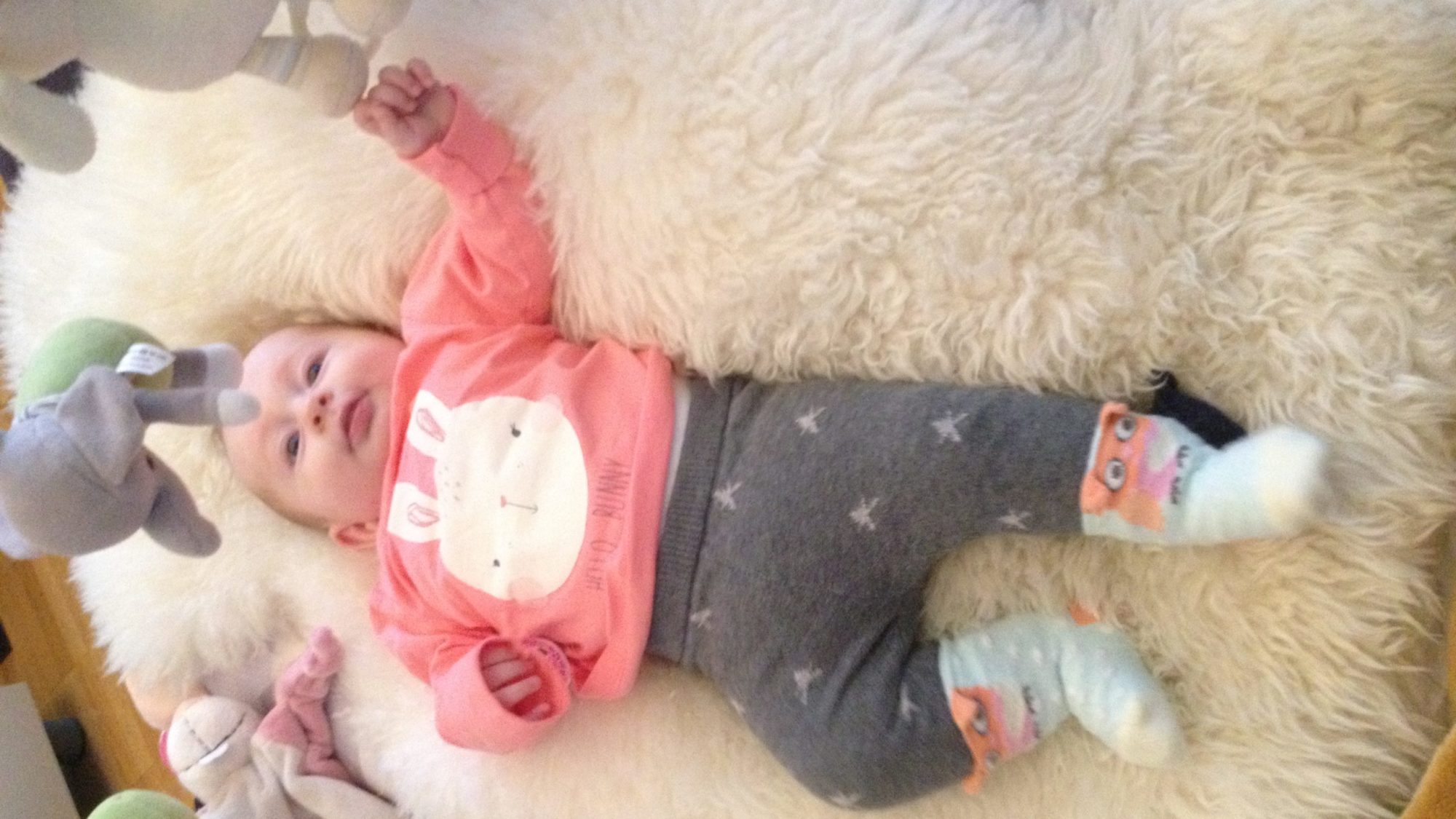From Sarah Schoch
In order to investigate sleep, we first have to know what sleep is and how we can best measure it.
Sleep can be defined in two ways, either by behavior or by brain activity. In humans the gold standard is to measure sleep by brain activity. However, this way of sleep study has some disadvantages: These measurements are usually done in the laboratory or are limited to only a short sleep episode (naps, single nights). Therefore, complementary studies are important to measure sleep across several days and in the natural sleep environment (own bed).
Long duration recordings are especially important for measuring sleep in babies, as their sleep varies every day.
For these studies sleep researchers typically use movement sensors (also called actigraphs), which are worn on the wrist or ankle. These monitors measure movement in a similar way as commercial fitness trackers do. In sleep research we apply a calculation (algorithm) and estimate from the movements if the baby is awake or asleep. The algorithms consider the activity within one minute and, depending on the algorithm, also other information such as how constant the activity remains across a larger time window.
A challenge in sleep research using movement sensors is, that there are many different sensors and algorithms.
So far however it is unclear how comparable these data are. This could be problematic if some algorithms are much more sensitive to detecting wake than others. To investigate this phenomenon, we examined movement sensor data of 50 babies at the ages of 3, 6 and 12 months. We applied two algorithms that are frequently used in this age range (Sadeh and Oakley). We compared how similar the sleep results from both algorithms are e.g. the total sleep duration or the frequency of night time waking. We found that the agreement between the algorithms is only moderate (between 77% – 84%), such that large differences in the estimated sleep duration result. In other words, due to the different calculations there is an uncertainty of approximately 4 hours in the estimated daily sleep duration!
These different estimates make it difficult, to compare data across various studies. Additionally it makes the definition of norm values for „healthy sleep duration“ difficult. Luckily, there are ways to combat this.
Approaches to improve the accuracy of the algorithms have been published.
For example, there are large individual differences between children in the activity levels during wake. This individual threshold for each child can be included in the computation for individual sleep/wake decisions. With 6 specific adjustment steps, we were able to improve the measurement precision and reduce the disagreements within the algorithms (96 – 97% agreement). This leads to a reduction of the differences in sleep duration estimates to only 10 minutes. Additionally, the adjusted algorithms even agree more with what parents report in the sleep diary of their child.
This work is an important cornerstone for future research with movement sensors as it contributes to comparability across studies. We are now able to measure sleep of babies more accurately and investigate what “normal sleep” means in the first year of life.
The original publication is available here:
Schoch, S. F., Jenni, O. G., Kohler, M., & Kurth, S. (2019). Actimetry in infant sleep research: an approach to facilitate comparability. Sleep, 42(7), zsz083.

